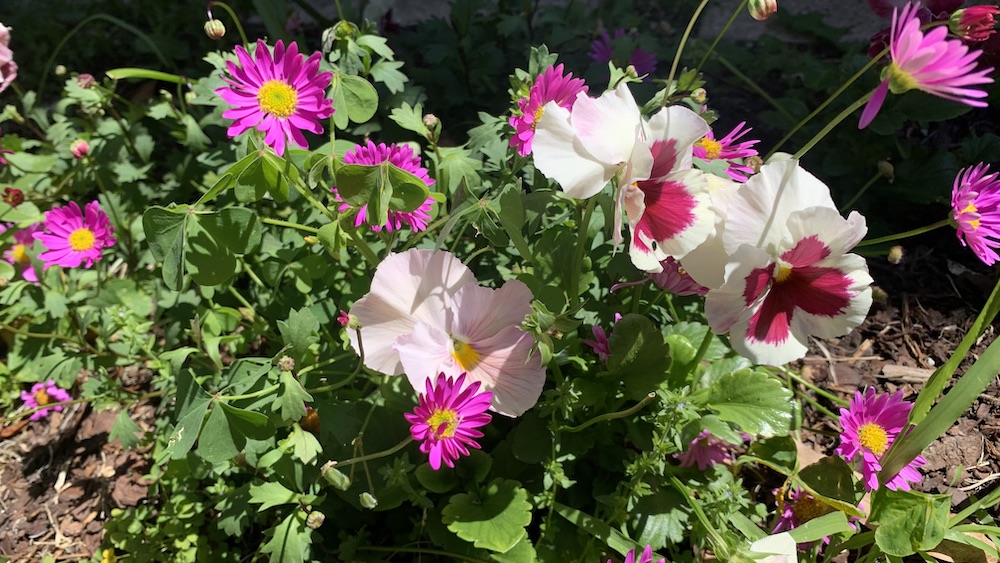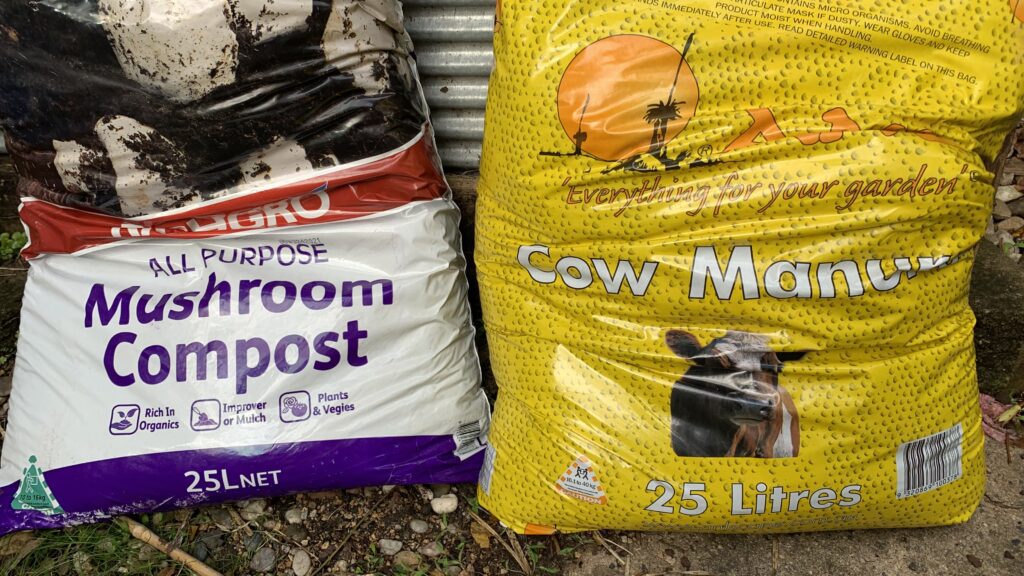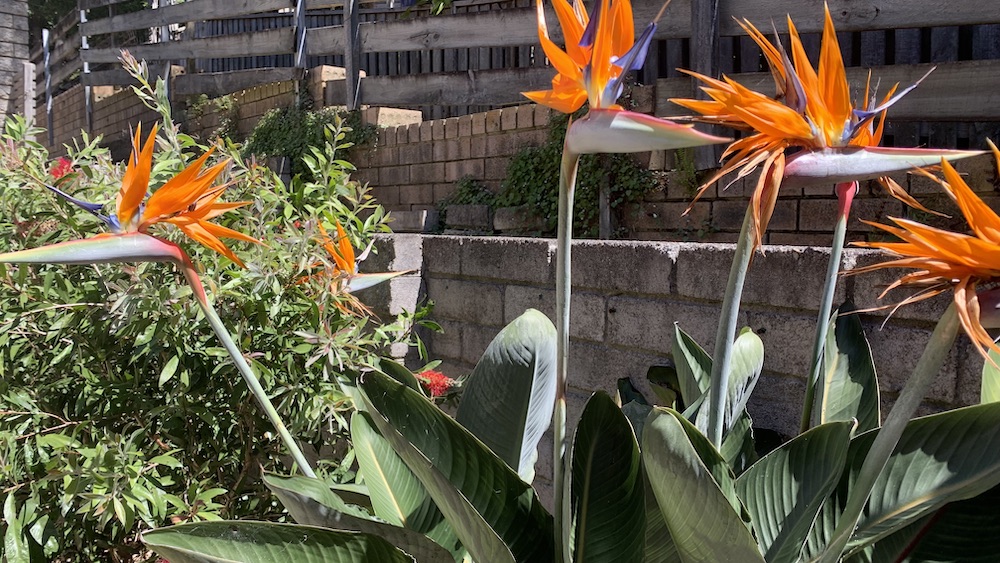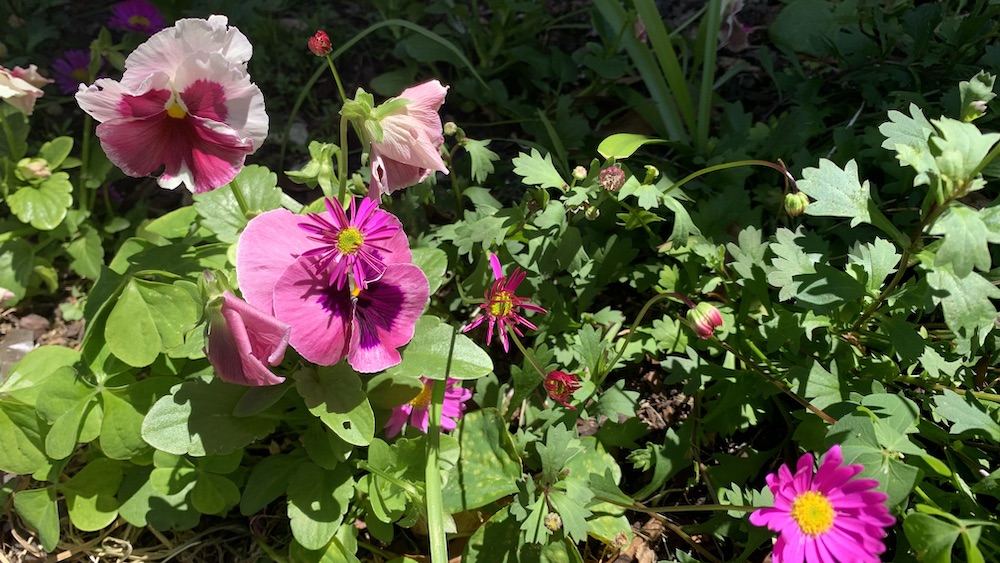If you’re looking to create a flower bed, compost is a great way to improve the soil and plant growth. Compost provides vital nutrients and improves soil structure, encouraging healthy root growth and beautiful flowers. Homemade aged compost, vermicompost, aged manures and mushroom compost are all great options for your flower beds.
In this article, we’ll explore the importance of compost for flower beds and the different types of compost available. We’ll also provide tips for choosing the best compost for your specific needs and explain how to apply compost to your flower beds. Finally, we’ll discuss common mistakes to avoid when using compost and answer some frequently asked questions.

By the end of this article, you’ll have all the information you need to create healthy, beautiful flower beds using the best compost for your needs.
Key Takeaways
- Compost is an essential ingredient for creating thriving flower beds.
- There are many different types of compost available, each with its own benefits and drawbacks.
- To choose the best compost for your flower beds, consider factors like nutrient content, pH balance, and soil type.
Importance of Compost for Flower Beds
Compost is a great addition to your garden soil for flower beds. It is a natural soil amendment that can be dug in before planting or added as a top dressing afterwards. Compost is a nutrient-rich organic matter that can improve soil structure, water retention, and nutrient availability. Adding compost to your flower beds can help your plants and flowers grow bigger, stronger, and healthier.
One of the main benefits of compost is its ability to improve soil structure. Compost contains organic matter that can help loosen compacted soil, allowing roots to penetrate deeper and access more nutrients and water. This can result in healthier plants with stronger root systems that are better able to withstand drought and other environmental stresses.

Compost can also help improve water retention in your flower beds. The organic matter in compost acts like a sponge, absorbing water and holding it in the soil for longer periods. This means that your plants and flowers will have access to water for a longer time, reducing the need for frequent watering.
Another benefit of compost is its ability to increase nutrient availability in the soil. Compost contains a variety of nutrients, including nitrogen, phosphorus, and potassium, that are essential for plant growth. When you add compost to your flower beds, these nutrients are slowly released into the soil over time, providing a steady supply of nutrients to your plants and flowers.
Types of Compost for Flower Beds
When it comes to choosing the best compost for your flower beds, there are several types to consider. Each type has its own unique properties and benefits. In this section, we will discuss four common types of compost for flower beds: organic compost, vermicompost, mushroom compost, and green waste compost.
Organic Compost
Organic compost is made from a variety of organic materials, such as vegetable and food waste, plant material, garden waste, grass clipping or manure. It is rich in nutrients and beneficial microorganisms that help improve soil health and plant growth. Organic compost is easy to make at home using a compost bin or pile. It is also widely available for purchase at garden centers and nurseries.
You can simply mix it through the soil before planting or place it in a 1-2 inch layer around plants as they grow. For the best results, top-dress garden beds with compost is in spring. This will help to keep moisture in the soil and help to keep summer weeds down.
Vermicompost
Vermicompost is a type of compost produced by earthworms. It is rich in beneficial microorganisms and nutrients, making it an excellent choice for flower beds. Vermicompost is also known for its ability to improve soil structure and water-holding capacity. It can be made at home using a worm bin or purchased from a supplier.
You can apply vermicompost or worm castings in a few different ways. Simply sprinkle a small handful around your flower plants and water it in. You can also add 1-2 handfuls to a watering can and add it to your flower beds as a liquid soil conditioner.
The best time to add vermicompost is before planting as you can dig it through the soil. The best way to incorporate it into the soil is to sprinkle it on your newly prepared garden bed and mix it through 6 inches deep with a garden fork.

If you have lots of worm compost, simply mix it through your regular compost pile and add it as a top dressing in spring.
Mushroom Compost
Mushroom compost is made from the spent mushroom substrate, which is the material left over after mushrooms are harvested at mushroom farms. It is rich in nutrients and organic matter, making it an excellent choice for flower beds. Mushroom compost is also known for its ability to improve soil structure and drainage. It can be purchased from a supplier or made at home using mushroom growing kits.
You can use mushroom compost on its own, and simply dig it through a new flower bed or mix it 50:50 with regular garden compost and add it as a top dressing.

Leaf Mould
Leaf mould is typically made from fall leaves. It is rich in nutrients and organic matter, making it an excellent choice for flower beds. It is a great top dressing or general compost that will help the soil to hold moisture.

It is very easy to make, I like to collect fall leaves and pack them tightly into eco or hessian bags. They can be left in the corner of your yard over winter and will usually be broken down and ready to use in spring. I find it works best as a top dressing for established flower beds. Once the leaves have fully broken down and look like soil, they can be added to new garden bed soil and mixed in.
Aged animal manures
Aged animal manures are one of my favorite options for flower beds. Cow manure is low in nitrogen and will gently feed the soil bacteria and plant roots. I like to mix through aged cow manure in new garden beds and to top dress my flowers with it. Avoid using animal manures that are high in nitrogen like chicken manure or horse manure as these reduce plant flowering.

In summary, when choosing the best compost for your flower beds, consider the type of materials used, nutrient content, and soil improvement properties. Each type of compost has its own unique benefits, so choose the one that best suits your needs and preferences.
Choosing the Best Compost for Your Flower Beds
When it comes to choosing the best compost for your flower beds, there are a few factors to consider. In this section, we will discuss the soil type and flower type considerations to help you make an informed decision.
Soil Type
The type of soil you have in your flower bed is an important factor to consider when choosing the best compost. If you have sandy soil, you will need a compost that is high in organic matter to help retain moisture. On the other hand, if you have clay soil, you will need a compost that is well-draining to prevent waterlogging.
Here are some compost types that are suitable for different soil types:
| Soil Type | Compost Type |
|---|---|
| Sandy Soil | Mushroom Compost, Leaf Mold Compost |
| Clay Soil | Organic Compost, Leaf Mold Compost |
Flower Type
Different types of flowers have different nutrient requirements. For example, roses require a compost that is high in potassium. It is important to choose a compost that can provide the necessary nutrients for your specific flower type.
Here are some compost types that are suitable for different flower types:
| Flower Type | Compost Type |
|---|---|
| Roses | Mushroom Compost, Manure Compost |
| Annuals | Leaf Mold Compost, Composted Bark |
It is also important to note that the best compost for your flower beds is the one that rectifies a deficiency in the soil and improves the soil’s structure by adding organic material, encouraging soil biota, improving water retention, stability, and a slow release of nutrients.

By considering both the soil type and flower type, you can choose the best compost for your flower beds and ensure that your flowers thrive.
How to Apply Compost to Flower Beds
Composting is a natural process that can help improve soil quality and provide essential nutrients to your plants. Here are some tips on how to apply compost to your flower beds:
- Choose the right compost: Before applying compost, make sure you choose the right type for your flower beds. Well aged organic compost or aged cow manure are great options because they are lower in nitrogen. Avoid using compost that is too high in nitrogen, as this can cause excessive foliage growth at the expense of flowers.
- Prepare the bed: Before applying compost, remove any weeds or debris from the bed.
- Apply compost: Spread a layer of compost over the bed, about 1-2 inches thick. Be careful not to bury the stems of your plants. If you have a lot of plants, you may need to apply compost in sections.
- For new garden beds: Work the compost into the soil: Use a garden fork or tiller to work the compost into the top 4-6 inches of soil. This will help distribute the compost evenly and ensure that it reaches the roots of your plants.
- Water the bed: After applying compost, water the bed thoroughly to help the compost settle into the soil. Make sure the water reaches the roots of your plants.
- Mulch the bed: Finally, add a layer of mulch to the bed to help retain moisture and suppress weeds. Use a natural mulch, such as shredded leaves or bark chips, rather than synthetic materials. Apply the mulch around 2-3 inches thick.
By following these simple steps, you can improve the health and vitality of your flower beds and enjoy beautiful, vibrant blooms all season long.
Common Mistakes When Using Compost in Flower Beds
Using compost is an excellent way to enrich your flower beds and provide essential nutrients for good plant growth however, there are a few common mistakes that gardeners make when using compost that can be detrimental to their plants.
One of the most common mistakes is using too much compost. While compost is beneficial for plants, too much of it can actually harm them. Too much compost can cause plants to develop weak stems, can reduce access to essential vitamins and minerals and can cause soil water to drain too quickly. It is best to add compost at a maximum of a 1:3 ratio to soil.

Another mistake is not properly preparing the soil before adding compost. It’s essential to loosen the soil and remove any weeds or debris before adding compost. If you add compost over weeds or weed seeds they can growth through. Pull weeds out by the roots before they go to seed to avoid them growing back.
Using compost that isn’t fully decomposed is also a common mistake. Compost that hasn’t fully broken down can contain harmful pathogens and weed seeds that can harm your plants. It’s important to ensure that your compost is fully decomposed before using it in your garden.
Finally, using the wrong type of compost can also be detrimental to your plants. Some composts may be too high in nitrogen, which can cause excessive foliage growth at the expense of flowers. Others may be too alkaline or acidic, which can affect the pH balance of your soil. Make sure that the compost you choose is fully aged and avoid high nitrogen options like those containing chicken manure and horse manure.
By avoiding these common mistakes, you can ensure that your plants thrive and your flower beds remain healthy and vibrant.
Summary
Choosing the best compost for your flower beds depends on various factors such as the type of soil you have, the nutrients your plants need, and your budget. By considering these factors, you can make an informed decision and select the right compost that will help your flowers thrive. Compost is great for flowers growing in a raised bed or in the ground.
Remember that compost is a natural way to improve soil quality and provide essential nutrients to your plants. It can also help control soil erosion, reduce the use of petrochemical fertilizers, and moderate soil temperature.
When deciding on the best compost for your flower beds, you may want to consider the following:
- Type of compost: There are different types of compost available, such as animal manure, mushroom compost, and leaf mold. Each type has its unique properties and benefits, so it’s essential to choose the one that suits your needs and preferences.
- Nutrient content: Look for compost that has a balanced nutrient content, including nitrogen, phosphorus, and potassium. These nutrients are essential for plant growth and can help your flowers bloom.
- Soil pH: Compost can affect the pH level of your soil, so it’s crucial to choose one that matches the pH level of your soil. Most flowers prefer a slightly acidic soil with a pH level between 6.0 and 7.0.
- Organic vs. Inorganic: Organic compost is made from natural materials, while inorganic compost is made from synthetic materials. Organic compost is generally considered better for the environment and can provide long-term benefits to your soil.
By considering these factors, you can select the best compost for your flower beds and enjoy a beautiful and healthy garden.
Frequently Asked Questions
What is the best soil compost for flowers?
The best soil compost for flowers is one that is rich in organic matter and nutrients. Look for compost that is made from a variety of materials, such as yard waste, food scraps, and manure. A good compost should have a balanced ratio of carbon and nitrogen, and be free from weed seeds and pathogens.
Should you put compost on flower beds?
Yes, you should put compost on flower beds. Compost is an excellent way to improve soil health and provide essential nutrients for your plants. It also helps to retain moisture in the soil, which can reduce the need for watering. Apply a layer of compost to your flower beds each year, and work it into the soil with a garden fork or tiller.
Should you mulch or compost flower beds?
Both mulching and composting are important for maintaining healthy flower beds. Mulch helps to retain moisture in the soil, suppress weeds, and regulate soil temperature. Compost, on the other hand, provides essential nutrients for your plants and improves soil structure. Apply a layer of mulch on top of the soil after planting, and add compost to the soil each year.
How do I improve the soil in my flower beds?
To improve the soil in your flower beds, add organic matter such as compost, leaf mold, or well-rotted manure. This will help to improve soil structure, increase water-holding capacity, and provide essential nutrients for your plants. You can also add amendments such as lime or sulfur to adjust the pH of the soil if necessary.
What are the benefits of using compost in flower beds?
Using compost in flower beds has many benefits. It improves soil structure, increases water-holding capacity, and provides essential nutrients for your plants. It also helps to suppress weeds, reduce erosion, and improve soil fertility over time. Compost is a sustainable and environmentally friendly way to improve soil health and promote healthy plant growth.
Where can I find high-quality bagged compost for flower beds?
You can find high-quality bagged compost for flower beds at your local garden center or nursery. Look for compost that is labeled as organic and free from synthetic fertilizers and pesticides. You can also make your own compost at home using a compost bin or pile. The best bagged compost will be organic, aged with a neutral pH.
I am an accredited practicing dietitian, experienced gardener and a dedicated cook. I love writing and sharing my experience so you can learn from my successes and mistakes.
